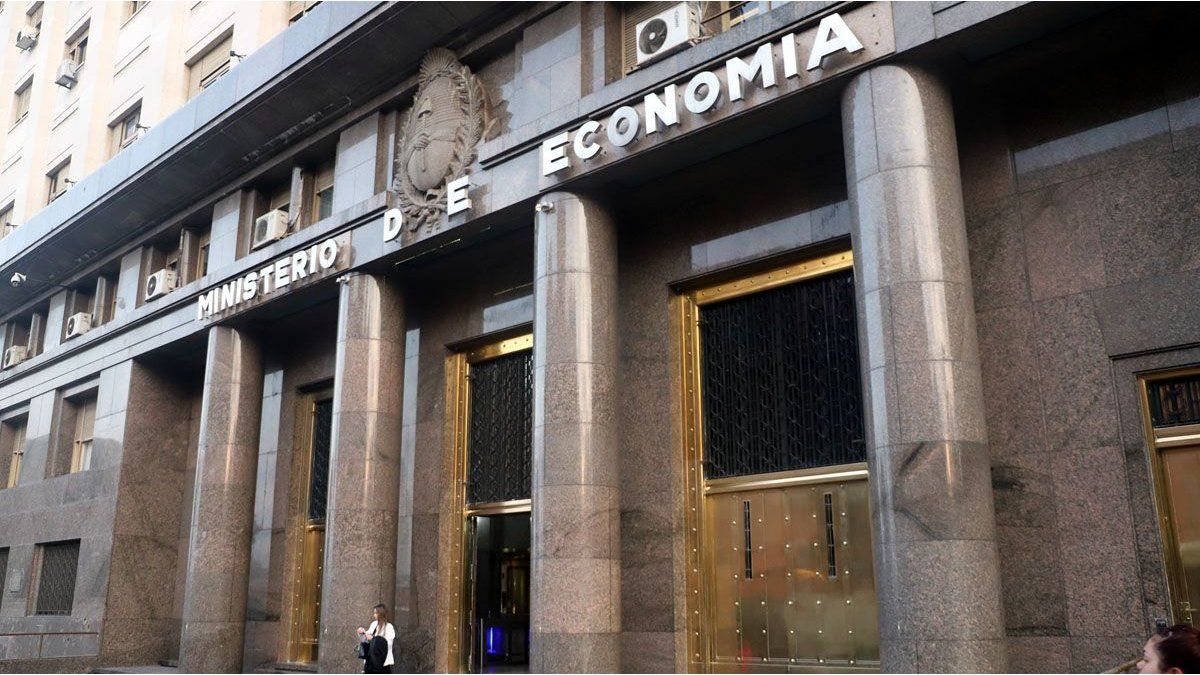If the interest paid by capitalizable financial instruments – used by the Ministry of Economy – were taken as part of the expense to finance the Treasury – in reality, the Government may not have the financial surplus of some $3 billion that it declared so far, according to some private estimates.
But, strictly speaking, A study prepared by the consulting firm 1816 suggests that, “well measured” that variable, it implies that the Secretary of the Treasury, Carlos Guberman, would have achieved the fiscal surplus in genuine terms.
What it is about, according to the leading consulting firm in the market, is to clear the inflation of the interests actually paid by the Government through the Lecap, the Boncap and the Lefi.
The report indicates that, according to the numbers presented by the Government, between January and October of this year, a primary surplus of $10.3 billion. It paid about $7.4 billion in interest and was left with a financial surplus of $3 billion.
But, according to 1816, During that period, interest amounting to $10.4 billion was capitalized, which makes analysts assume that, in reality, The Government would have had a fiscal deficit.
“Of the $10.4 billion of interest that was capitalized on fixed-rate securities during the year, “More than 90%, exactly $9.6 trillion, can be explained simply by the part of the interest rate that compensates for inflation,” warns the report.
The work specifies that “The capitalization explained by a positive real interest rate was about $0.8 trillion.” In that sense, it is clarified that, to make this estimate, the same methods that are applied for public accounting were used.
That is why the consultancy concludes that “well measured”, the financial surplus between January and October of this year was $2.2 trillion, instead of $3 trillion declared by the Government, a figure that is important, despite the adjustment for inflation.
On the other hand, the analysis suggests that also The loss that the Treasury has from keeping the funds it obtains from the tenders deposited at a zero rate could be included in the calculation.
In October, it was about $13 billion, according to the report, which generated a financial loss of about $350,000 million. But that, in turn, points out 1816, would have to be balanced with the profits contributed by the Sustainability Guarantee Fund (FGS) and the Central Bank (BCRA). So, therefore, the work is only limited more than anything to adjusting for inflation the favorable balance declared by the Government.
Less chainsaw
It is precisely the reduction of the interest expense declared by the Economy, based on capitalization, which has allowed the Government to reduce the intensity of the spending adjustment so far this year, according to a report from the Argentine Institute of Fiscal Analysis (IARAF).
The study suggests that, in January, The current administration of Javier Milei started with a spending adjustment of 39.4% and in October this cut had been reduced to a real year-on-year 28.9%. Debt interest spending had begun at the beginning of the year with a growth of 26% and, in October, the accumulated figure already shows a drop of 8.1%.
The IARAF study states that, Thanks to the reduction in interest payments, at least formally, the intensity of the fiscal adjustment fell by about 10 points, although with the exception that there are some cuts that were decreasing and others increasing. Such is the case of pension spending, which started at 38.1% and is now at 21.4%, while Spending on social programs began with a contraction of 23.1% and is now at 29%.
Source: Ambito




